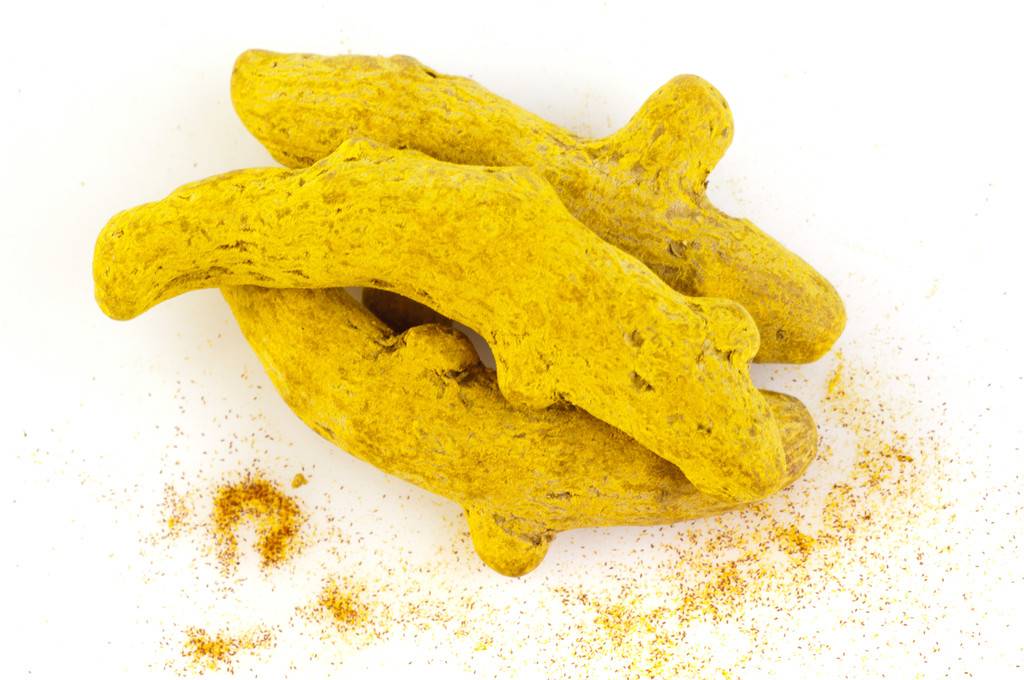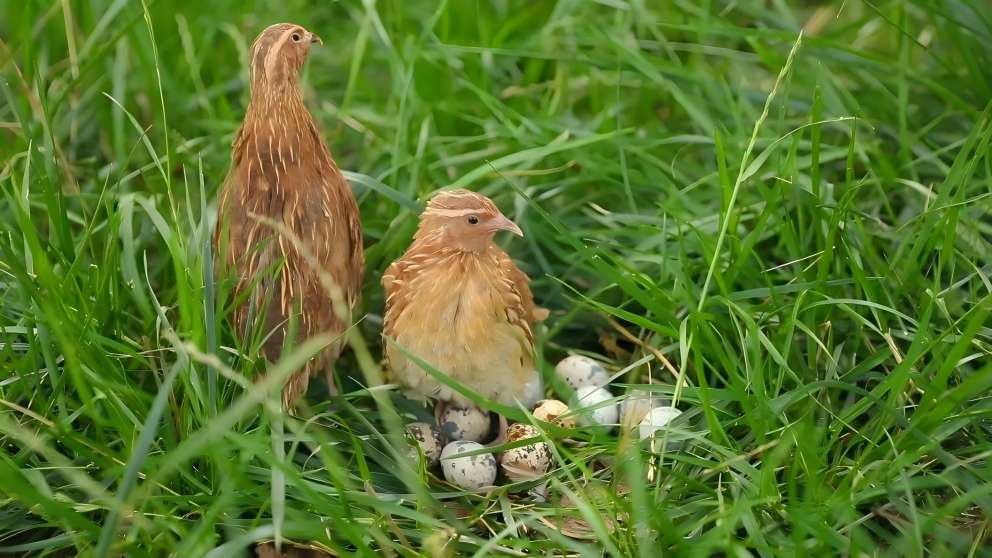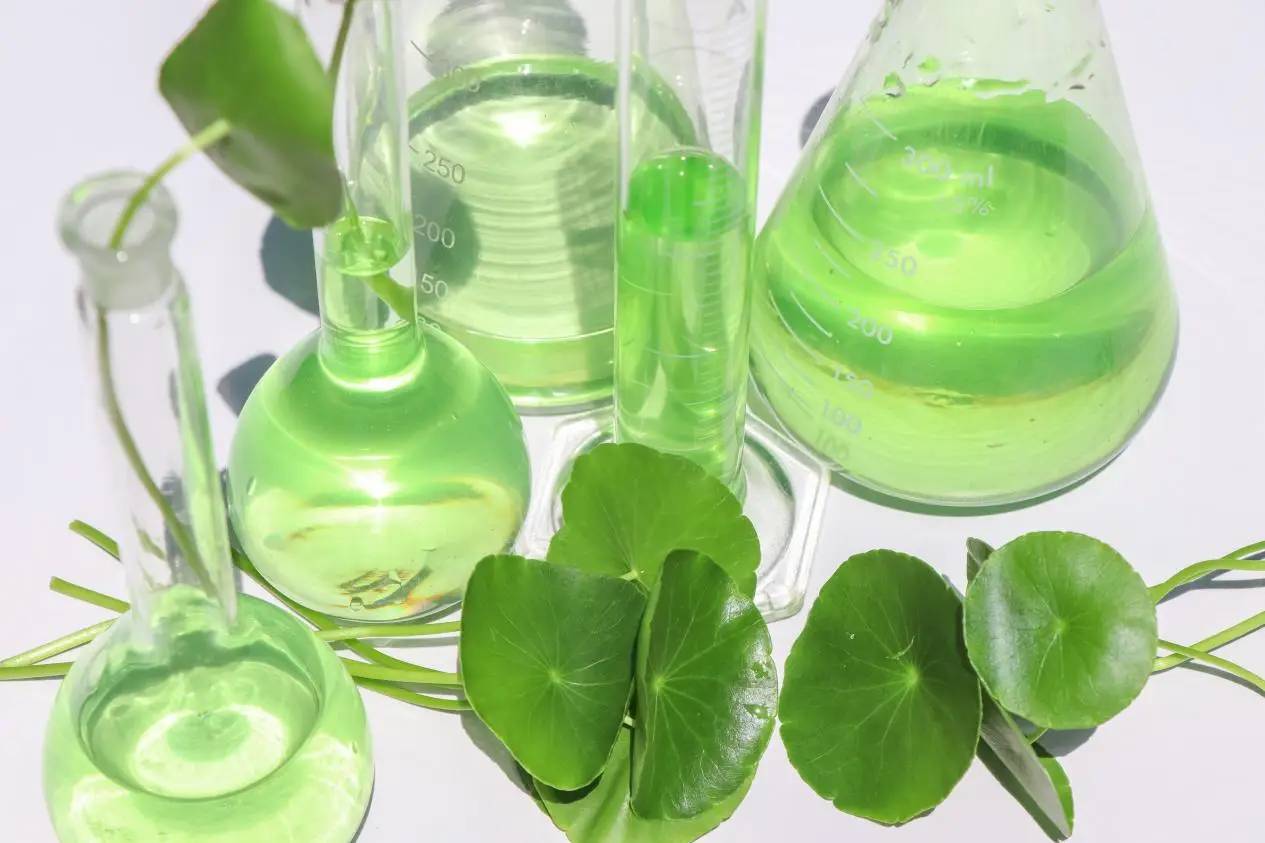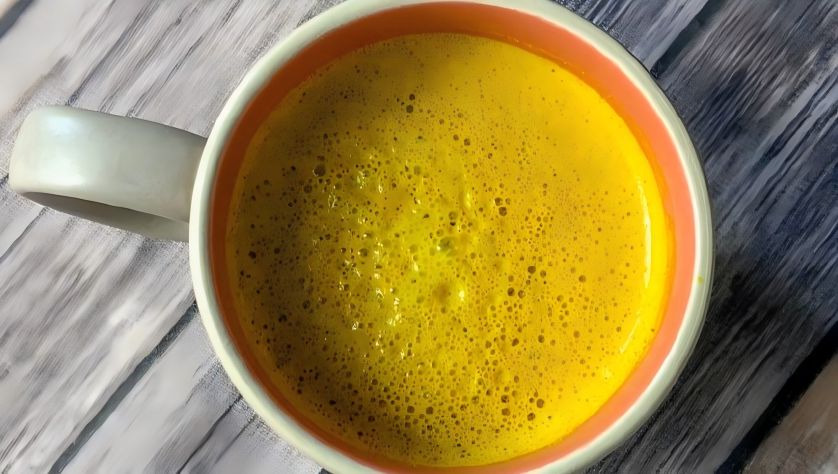What Is the Use of Turmeric Powder in Urdu in Animal Feeding?
Curcumin is a yellow natural phenolic pigment extracted from the turmeric rhizome. It is the main active ingredient in the Curcuma longa plant. Curcumin plays an important role in antioxidant, anti-inflammatory, anti-tumor, and regulating nutritional physiological metabolism. At present, many studies have reported that curcumin has broad application prospects in the prevention and treatment of many diseases. Turmeric extract has a variety of nutritional and pharmacological functions and is naturally non-toxic. It has been classified as a food additive by the World Health Organization. In July 2014, China's Ministry of Agriculture officially approved turmeric extract as a new type of feed additive. Turmeric extract has important application value in animal production.
1 Physical and chemical properties of curcumin
Curcumin is a yellow plant-derived polyphenolic pigment. Its chromophore is a double carbonyl group, its molecular formula is C21H20O6, and its melting point is 183°C. Curcumin is soluble in organic solvents and slightly soluble in water. It is also sensitive to high temperatures and strong light and is prone to decomposition. Studies have shown that the absorbance of curcumin under strong light will decrease sharply with increasing irradiation time. The stability of curcumin also changes accordingly in different pH environments. Curcumin can be stored stably for a long time in acidic and neutral environments, while in an alkaline environment, the stability of curcumin will decrease rapidly and it will decompose quickly. At the same time, the degradation rate of curcumin will also increase with the increase of pH. In addition, changes in pH can also cause curcumin to change color. Under acidic conditions, curcumin appears yellow; under alkaline conditions, it appears reddish brown [1].
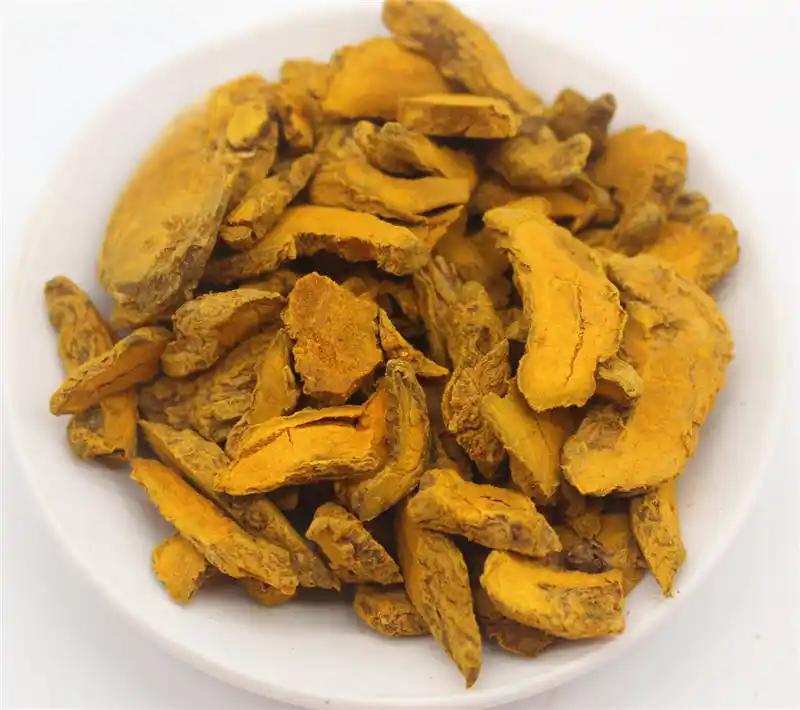
2 Absorption and metabolism of curcumin
Curcumin is a non-toxic, harmless polyphenolic pigment. Some scholars have pointed out that taking high doses of curcumin does not have a toxic effect on the body. However, since the absorption rate of curcumin in animal bodies is very low, even taking high doses of curcumin will not improve the absorption efficiency of curcumin in the body. Studies have shown that when rats are given a dose of 1 g/kg of curcumin orally, about 75% of the curcumin is excreted in the feces, and the amount of curcumin in the urine is negligible; measurements of plasma levels and bile excretion indicate that curcumin is hardly absorbed by the intestines [2].
There are two main metabolic pathways for curcumin in the body: Phase I and Phase II.
Phase I refers to the reduction of the four unsaturated double bonds in curcumin, which is reduced to dihydrocurcumin, then to tetrahydrocurcumin, then to hexahydrocurcumin, and finally to octahydrocurcumin.
The phase II metabolic pathway refers to the conjugation reaction of curcumin, that is, the conjugation reaction of curcumin and its metabolites with mono-glucuronide and sulphate compounds. The reaction process is conjugated curcumin → conjugated dihydrocurcumin → conjugated tetrahydrocurcumin → conjugated hexahydrocurcumin → conjugated octahydrocurcumin.
3 Biological functions of curcumin
3.1 Antioxidant function of curcumin
When there is a disturbance in the energy metabolism of body tissues, oxygen in the body can lose an electron and turn into reactive oxygen free radicals. When there is an excess of reactive oxygen free radicals in the body, they can damage the structure and function of cell membranes, affect mitochondrial function, and cause oxidative damage to the body. Curcumin can inhibit the production of oxygen free radicals, or increase the activity of superoxide dismutase and catalase, thereby exerting its antioxidant properties. Curcumin has strong antioxidant properties both in vivo and in vitro. Studies have shown that curcumin plays an important role in regulating the Nrf2-ARE signaling pathway, which is a very important antioxidant pathway. Under normal circumstances, Nrf2 is bound to Keap1 in cells. When oxidative stress occurs, Nrf2 is activated and dissociates from Keap1 to enter the nucleus, promoting the expression of target genes. Curcumin promotes the entry of Nrf2 into the nucleus by inducing the expression of the Nrf2 gene, increases the expression level of Nrf2 in the nucleus, up-regulates the expression of target genes such as HO-1 and GPX-1, and increases the activity of various antioxidant enzymes, thereby suppressing the level of reactive oxygen species in the cell and alleviating oxidative damage [3].
3.2 Anti-inflammatory function of curcumin
Studies have shown that curcumin has a certain alleviating effect on inflammation-induced diseases, mainly by inhibiting the expression levels of transcription factors and inflammatory mediator genes to exert anti-inflammatory effects. On the one hand, the nuclear transcription factor κB (NF-κB) signaling pathway is an important inflammatory signaling pathway. Inflammatory mediators in the body can activate NF-κB and promote the activation of the expression of inflammatory mediator genes, which in turn further causes an inflammatory response. Curcumin can achieve an anti-inflammatory effect by inhibiting the activation of NF-κB. On the other hand, curcumin antagonizes cyclooxygenase, inhibits the activity of cyclooxygenase, and limits the production of inflammatory mediators such as interleukin and tumor necrosis factor to exert an anti-inflammatory effect [4]. The anti-inflammatory function of curcumin has been studied in vivo and in vitro by scholars. Xue Fahuan et al. found that curcumin can treat non-alcoholic fatty liver disease in rats by significantly reducing blood lipid levels and improving liver function [5]. Scientists found in a rat model of colitis that adding curcumin to the diet at different concentrations can alleviate weight loss induced by colitis and improve liver histopathology [6]. In addition, Kavita et al. found in an in vitro study that curcumin can relieve cell stress damage by reducing the expression levels of the nuclear transcription factor κB and activating protein-1 in cells [7].
3.3 Curcumin regulates the function of nutritional physiological metabolism
In addition to its antioxidant and anti-inflammatory properties, curcumin also plays a very important role in regulating lipid metabolism. A large number of studies have shown that curcumin has the function of regulating lipid metabolic disorders in vivo and in vitro. Adding curcumin can significantly reduce the weight gain and the weight gain of the fat tissue in the liver and epididymis induced by a high-fat diet in mice. Studies have found that curcumin can significantly increase the expression levels of lipolysis genes CPT-1 and PGC1-α, while significantly reducing the expression of forkhead box protein O1 (FOXO1), suggesting that curcumin can inhibit lipogenesis by inhibiting the FOXO1 pathway and activating lipolysis genes [8].
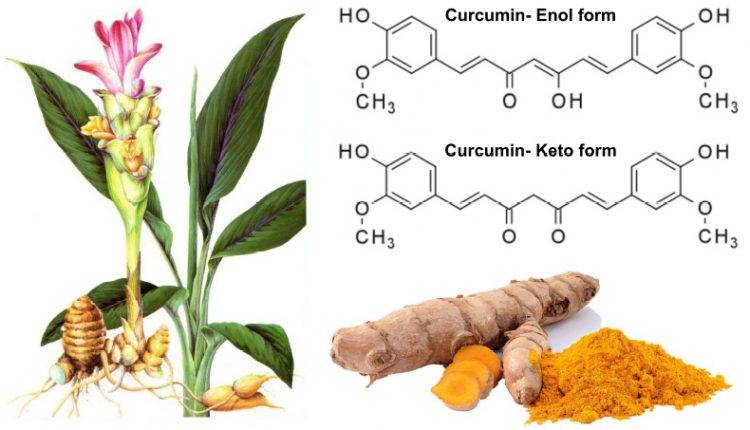
Intrauterine growth restriction (IUGR) can lead to liver dysfunction in piglets, which in turn causes disturbances in lipid metabolism in the piglet liver. Liu Huijuan et al. found that adding 200 mg/kg curcumin to the diet of IUGR piglets can significantly increase the relative expression of hormone-sensitive lipase (HSL) and adipose triglyceride lipase (ATGL), and significantly reduce the relative expression of perilipin (PLIN), thereby effectively promoting lipolysis and alleviating fat deposition induced by IUGR [9]. In some in vitro experiments, researchers have also found that curcumin can regulate the proliferation and differentiation of fat cells to improve lipid metabolism. Zhang Qingmei et al. found that adding 20 μmol/L curcumin to porcine bone marrow mesenchymal stem cells (BMSCs) can significantly reduce the transcriptional level of the fat differentiation gene PPARγ2 [10]. Liu Jingxia and Pan Shifeng also found that curcumin can significantly inhibit the mRNA expression of PPARγ2, C/EBP-β and the key enzymes for fat synthesis FAS and ACC in BMSCs [11, 12].
4 Application of turmeric in animal production
4.1 Application of curcumin in pig production
At present, many studies have reported that curcumin has broad application prospects in pig production, especially in piglets, finishing pigs and breeding pigs. The application of curcumin in piglet production is mainly manifested in improving production performance, resisting immune stress and alleviating oxidative damage. Lu Na et al. found that adding 200 mg/kg curcumin to the diet can significantly improve the growth performance of weaned piglets, the average daily gain (ADG) and the average daily feed intake (ADFI) [13]. Zhao Chunping also found that adding curcumin to the diet can significantly improve the growth performance of weaned piglets [14]. Yu Jiayao et al. induced immune stress in piglets by lipopolysaccharide (LPS) and found that adding 200 mg/kg curcumin to the diet could reduce the concentration of interleukin-1β (IL-1β) in the jejunal mucosa and tumor necrosis factor-α (TNF-α) in the ileal mucosa. and also significantly reduced the mRNA expression levels of the inflammatory factors TLR4 and MyD88 at the transcriptional level. At the same time, curcumin also significantly improved the oxidative damage caused by inflammation, as evidenced by a significant reduction in the malondialdehyde (MDA) content in the jejunal mucosa and ileal mucosa of piglets [15]. Zhao Chunping et al. also confirmed that curcumin can significantly increase the activity of antioxidant enzymes and total antioxidant capacity in piglet serum, and significantly reduce MDA levels [14].
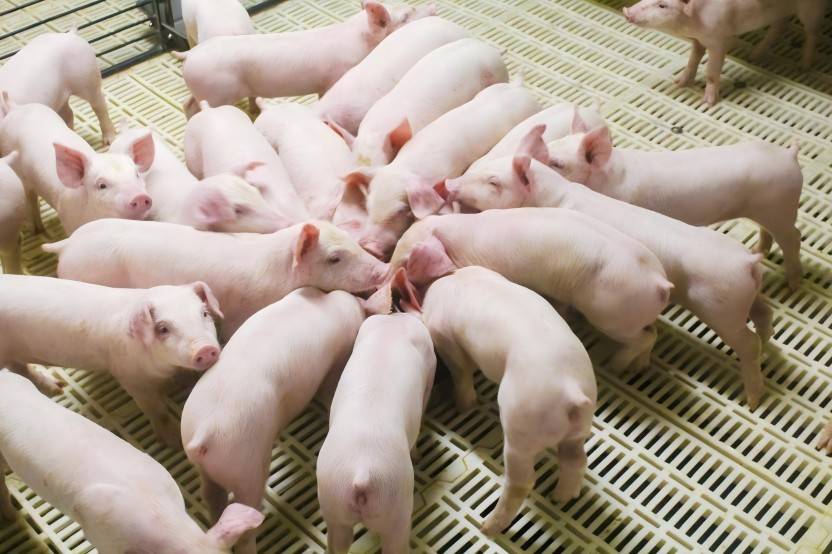
Curcumin has also been extensively studied in the production of fattening pigs. Compared to antibiotics, adding curcumin to the diet can better improve the daily weight gain of fattening pigs, significantly reduce the feed-to-weight ratio, and has no toxic effect on fattening pigs. At the same time, the curcumin group also showed higher pH24 and lower drip damage [16]. Zhu Guoqiang et al. also confirmed that the addition of 400 mg/kg turmeric to the diet can significantly reduce the backfat thickness of fattening pigs and extremely significantly increase the lean meat rate [17]. This shows that for fattening pigs, curcumin can not only improve the growth rate of fattening pigs, but also improve the quality of their pork, and also suggests that curcumin can be used as a potential alternative to antibiotics. In addition, research on turmeric in breeding pigs has mainly focused on the reproductive performance of sows and the semen quality of boars. Studies have shown that turmeric can improve the reproductive performance of sows and the survival rate of piglets by increasing their resistance to blue ear disease [18]. On the other hand, turmeric can also improve the sperm motility, sperm count and acrosome integrity of breeding boars [19]. This suggests that curcumin is also worth further study in pig conservation.
4.2 Turmeric in poultry production
Curcumin is also widely used in broiler production, and can effectively improve the growth performance, meat quality and immune function of broilers. Cui Yan et al. added 150 mg/kg, 200 mg/kg and 250 mg/kg curcumin to the diet of Aviagen broilers, which increased the daily weight gain, slaughter rate and breast muscle and leg muscle weight of the broilers to varying degrees, and reduced the feed conversion ratio [20]. Meanwhile, Hu Zhongze et al. also found in a study on Arbor Acres broilers that adding 250 mg/kg curcumin to the diet can significantly increase body weight and average daily gain at 21 and 42 days of age, and also reduce the feed-to-weight ratio [21]. This shows that curcumin has a good growth-promoting effect in broilers of different breeds. Studies have shown that curcumin also has the function of improving meat quality. Since myoglobin in the muscle causes changes in the color of the muscle due to oxidation, and at the same time, when the muscle oxidizes and discolors, its nutrients and meat quality are also damaged. This is because the unsaturated fatty acids in the muscle undergo lipid peroxidation, which leads to the accumulation of peroxide products and ultimately affects the muscle nutrients. The antioxidant function of curcumin can improve this trend, and alleviate the discoloration and oxidation rate of the muscle, improving its freshness [22].
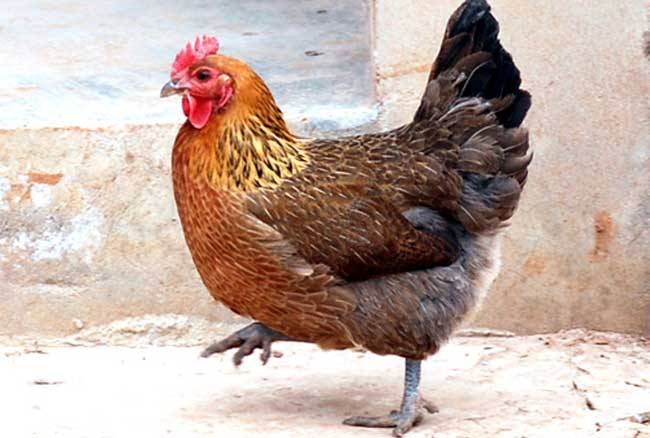
Peng Xiang et al. found that adding 200 g/t curcumin to the diet can significantly increase the bursa index, lymphocyte transformation rate, and serum immunoglobulin IgG content of broilers [23]. Similarly, Hu Zhongze also confirmed that curcumin can improve the thymus index and Newcastle disease antibody titer, thereby improving the immune function of broilers [21]. In addition, curcumin can also improve the production performance and egg-laying performance of laying hens. Wang Zhi et al. found that curcumin can improve the egg-laying rate of laying hens, and the feed-to-egg ratio is significantly reduced, while the cholesterol content of eggs is also reduced, which indicates that curcumin not only improves egg-laying performance, but also improves the quality of eggs [24]. In a Hy-Line Brown Laying Hen study, the addition of 200 mg/kg curcumin to the diet was able to alleviate the reduction in egg production performance caused by heat stress [25].
4.3 Turmeric in aquaculture
At present, there is relatively little research on turmeric in aquaculture. Experimental studies have mainly been carried out on grass carp, tilapia and rainbow trout. Adding 400–600 mg/kg curcumin to the feed can increase the growth rate of grass carp fry and reduce the feed conversion ratio. Adding 50, 100 and 150 mg/kg curcumin to the feed of tilapia can significantly increase the specific growth rate and average daily weight gain of tilapia, with the 50 mg/kg dosage being the most effective. In addition, the addition of curcumin at a concentration of 2% to the feed also significantly increased the specific growth rate of rainbow trout, significantly improved its antioxidant function and immune function, and reduced the feed conversion rate [26].
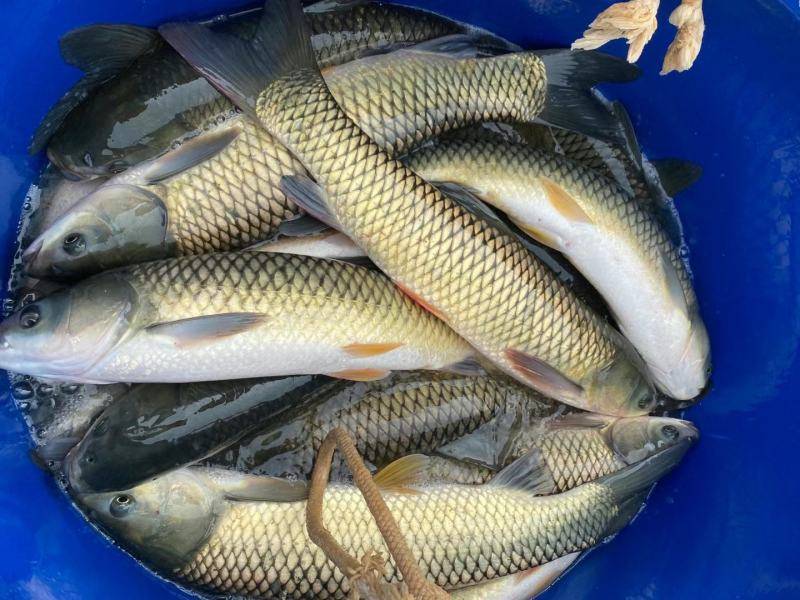
5 Summary
In summary, curcumin has biological functions such as anti-oxidation, anti-inflammation and regulation of physiological metabolism. At the same time, curcumin, as a new type of feed additive, is also a product with potential as an alternative to antibiotics, and has broad prospects for application in animal production. However, there are still some problems in the use of curcumin, such as its low absorption and utilization rate, the specific mechanism by which curcumin exerts its biological functions is unclear, and the most suitable amount to add in livestock and poultry production, etc., which require further research.
Reference:
[1] Anand P,Thomas S G,AB Kunnumakkara,et al.Biological ac- tivities of curcumin and its analogues (Congeners)made by man and Mother Nature [J].Biochemical Pharmacology, 2008,76(11):1590-1611.
[2] Bo,Wahlstrm,G,et al.A Study on the Fate of Curcumin in the Rat[J].ActaPharmacologica Et Toxicologica,2009.
[3] Li Jun. Research progress on the antioxidant mechanism of curcumin based on signal transduction pathways [J]. Chinese Herbal Medicine, 2016, 47(13): 8.
[4] Di Jianbin, Gu Zhenlun, Zhao Xiaodong, et al. Research progress on the antioxidant and anti-inflammatory effects of curcumin [J]. Chinese Herbal Medicine, 2010(5): 4.
[5] Xue F X, Yan H M, Liu L, et al. Curcumin prevents non-alcoholic fatty liver disease in rats: an experimental study [J]. Journal of Clinical Hepatology, 2007, 23(5): 385-386.
[6] Song W B. Experimental study on the protective effect of curcumin on the intestinal mucosal barrier [D]. Guangzhou: Southern Medical University, 2008.
[7] Bisht K ,Wagner KH ,Bulmer A C .Curcumin,resveratrol and flavonoids as anti-inflammatory,cyto- and DNA-protec- tive dietary compounds [J].Toxicology,2010,278(1):88- 100.
[8] Guo Yawei. Research on the mechanism of curcumin in alleviating obesity induced by high-fat diet in mice [J]. Chinese Journal of Cardiovascular Disease Research, 2016, 14(7).
[9] Liu Huijuan, Zhang Jiaqi, Zhuang Su, et al. Effects of dietary curcumin supplementation on antioxidant function and lipid metabolism in the liver of IUGR pigs [J]. Journal of Nanjing Agricultural University, 2021: 1-14.
[10] Zhang QM, Li FZ, Jiang ZL, et al. Effects of curcumin on proliferation and adipogenic differentiation of porcine bone marrow mesenchymal stem cells. Anatomical Journal, 2014, 45(6): 7.
[11] Liu JX, Li FZ, Xun YJ, et al. Effects of curcumin on adipogenic differentiation and Kruppel-like factor 2 expression in porcine adipose mesenchymal stem cells [J]. Acta Anatomica Sinica, 2017, 48(6): 675-681.
[12] Pan Shifeng, Cui Yixin, Zhang Hang, et al. Effects of curcumin on mRNA expression of genes related to fat synthesis and decomposition in porcine adipose mesenchymal stem cells [J]. Animal Husbandry and Veterinary Medicine, 2017, 49 (11): 42-46.
[13] Lu Na, Qiu Jingyun, Ying Zhixiong, et al. Effects of dietary turmeric extract at different levels on the performance, digestibility and blood indicators of weaned piglets [J]. Journal of Animal Science and Biotechnology, 2017, 38 (1): 6.
[14] Zhao Chunping, Xun Wenjuan, Hou Guanyu, et al. Effects of curcumin on growth performance and antioxidant capacity in piglets challenged with Escherichia coli [J]. Journal of Animal Science and Biotechnology, 2015, 36(7): 4.
[15] Yu Jiayao, Li Yi, Wang Tian, et al. Effects of dietary curcumin supplementation on intestinal antioxidant capacity and glucose metabolism in weaned piglets under immune stress [J]. Animal Husbandry and Veterinary Medicine, 2018, 50(5): 5.
[16] Yan Guohua, Yang Yuzeng, Zhang Qiuliang. Prospects for the application of curcumin as an antibiotic substitute in pig feed [J]. Northern Animal Husbandry, 2016(21): 2.
[17] Zhu Guoqiang, Zhang Weitao, Chen Tao, et al. Effects of curcumin additives on the GP, meat quality and blood biochemical indicators of carcass in finishing pigs [J]. Feed Industry, 2013, 34 (16): 9-12.
[18] Du T,Shi Y,Xiao S,et al.Curcumin is a promising inhibitor of genotype 2 porcine reproductive and respiratory syn- drome virus infection [J].Bmc Veterinary Research,2017, 13(1):298.
[19] Pan ida,Chanapiwat,Kampon,et al.The effect of Curcuma lon- gaextracted (curcumin)on the quality of cryopreserved boar semen [J].Animal Science Journal,2015,86(9):863- 868.
[20] Cui Yan, Zhu Guoqiang, Hou Fengqin, et al. Effect of curcumin on the production performance and biochemical indicators of broilers [J]. Animal Husbandry and Veterinary Medicine, 2010 (8): 3.
[21] Hu Zhongze, Jin Guangming, Wang Like, et al. Effect of curcumin on the production performance and immune function of broilers [J]. Grain and Feed Industry, 2004 (10).
[22] Zhang J,Hu Z,Lu C,et al.Effect of Various Levels of Di- etary Curcumin on Meat Quality and Antioxidant Profile of Breast Muscle in Broilers [J].J Agric Food Chem,2015, 63(15):3880-3886.
[23] Peng X, Sun QY, Li J, et al. Effects of antimicrobial peptide and curcumin on growth performance and immune function of broiler chickens aged 1 to 21 days [J]. Journal of Animal Nutrition, 2014 (2): 8.
[24] Wang Z. Effects of curcumin on the production performance and egg quality of Roman chickens under high temperature conditions [D]. Guangzhou: Guangdong Ocean University, 2018.
[25] Yang T. Effect of curcumin on egg quality, antioxidant and immune function and intestinal morphology [D]. Changsha: Hunan Agricultural University, 2018.
[26] Qi B X, Chi X H, Qiao X G. Application of the green additive curcumin in aquaculture [J]. Scientific Fish Farming, 2019(10): 68.


 English
English French
French Spanish
Spanish Russian
Russian Korean
Korean Japanese
Japanese